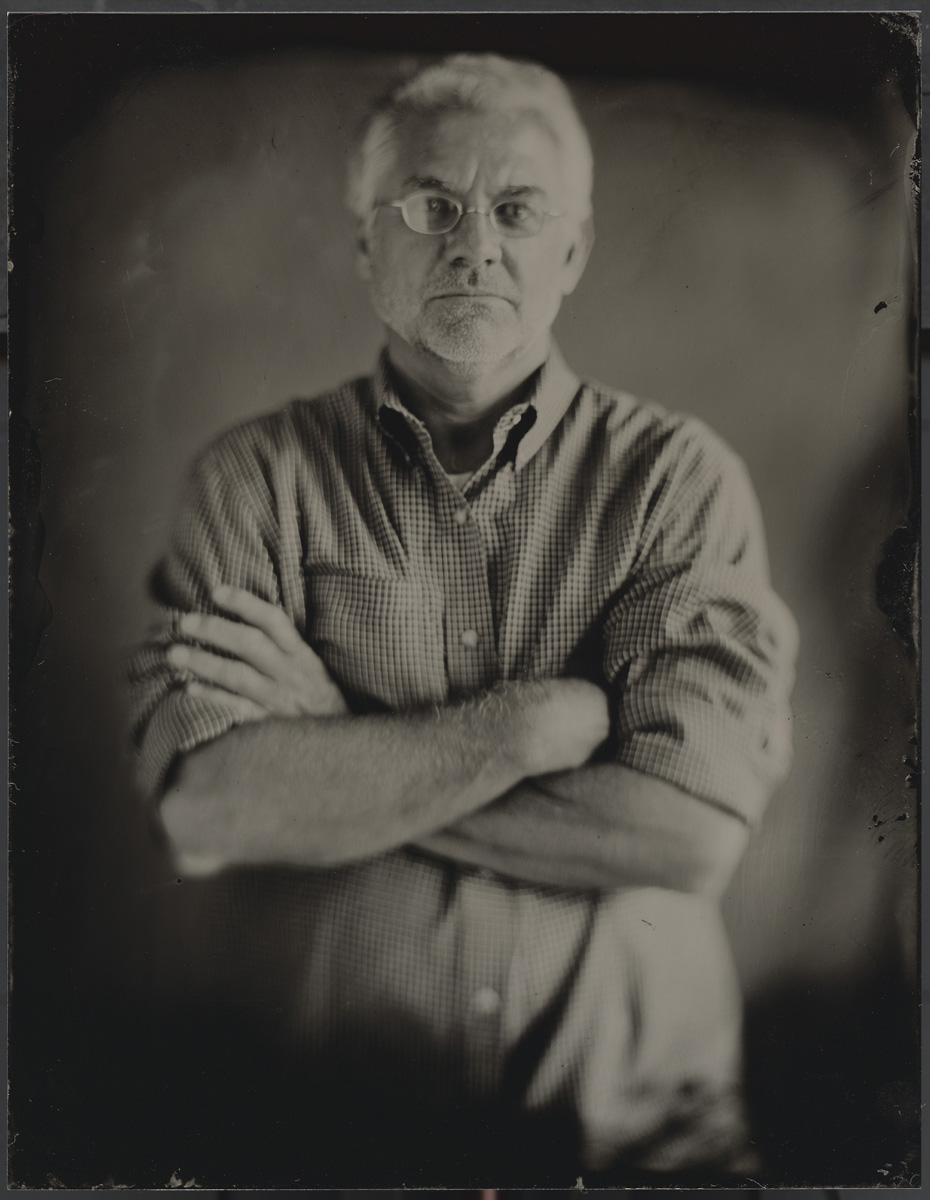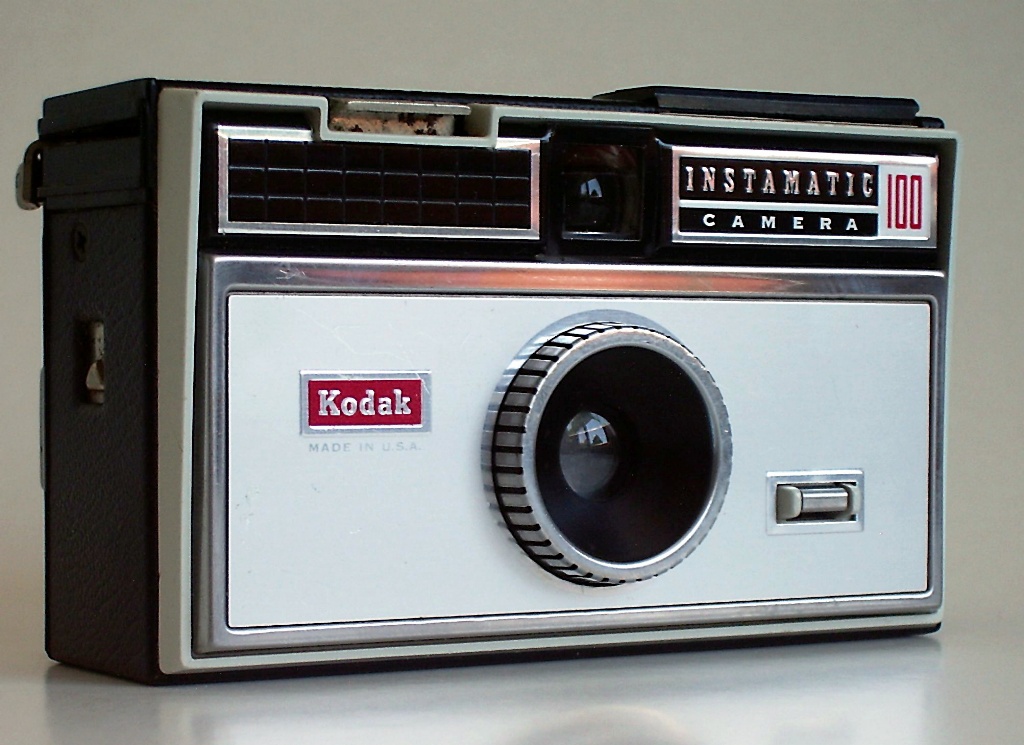

I should have seen it coming. On a family outing to the West, we stopped in Yellowstone to see Old Faithful. I asked to use Mom’s Kodak Instamatic 100 camera, photographing the progress of that amazing geyser. I imagined the amazement on my mother’s face when she saw the eight sequential photographs of the geyser’s life cycle. She would be astonished by the artistic vision coming from her beloved son.
Instead I got, “Do you have any idea how much these pictures cost?!” with Mom doing her best Old Faithful impression.
“But look how neat!” I thought.
So began an education in photography. (First lesson: develop a thick skin.)
Growing up a feral child, nothing really held my interest for any measurable amount of time-model trains, sort of; football, somewhat; cars, pretty much; but nothing grabbed on and held. Until senior year in high school, taking photos with a friend.
As years ticked by, I eventually realized there was nothing more powerful than photography for me. The problem was, I wasn’t very good at it.
“I love you,” I said to photography.
“Thanks,” photography said me.
If this relationship was going to work, I would need to put more work into it. Slowly, painfully, the aesthetic pieces fell into place (the technical was easy for me). I left photojournalism for advertising work. One day, a friend of mine who taught high school asked me to visit his photography class. The classroom was wonderful. I became hooked on teaching photography.
Not long after, I got a call from a former professor to gauge my potential interest in teaching photography at the University of Utah and offer me a position. I accepted on the spot.
Seizing the moment, I decided to go to grad school for a master’s in Communication. My master’s project was developing a curriculum for a digital photography class. And so here we are . . .